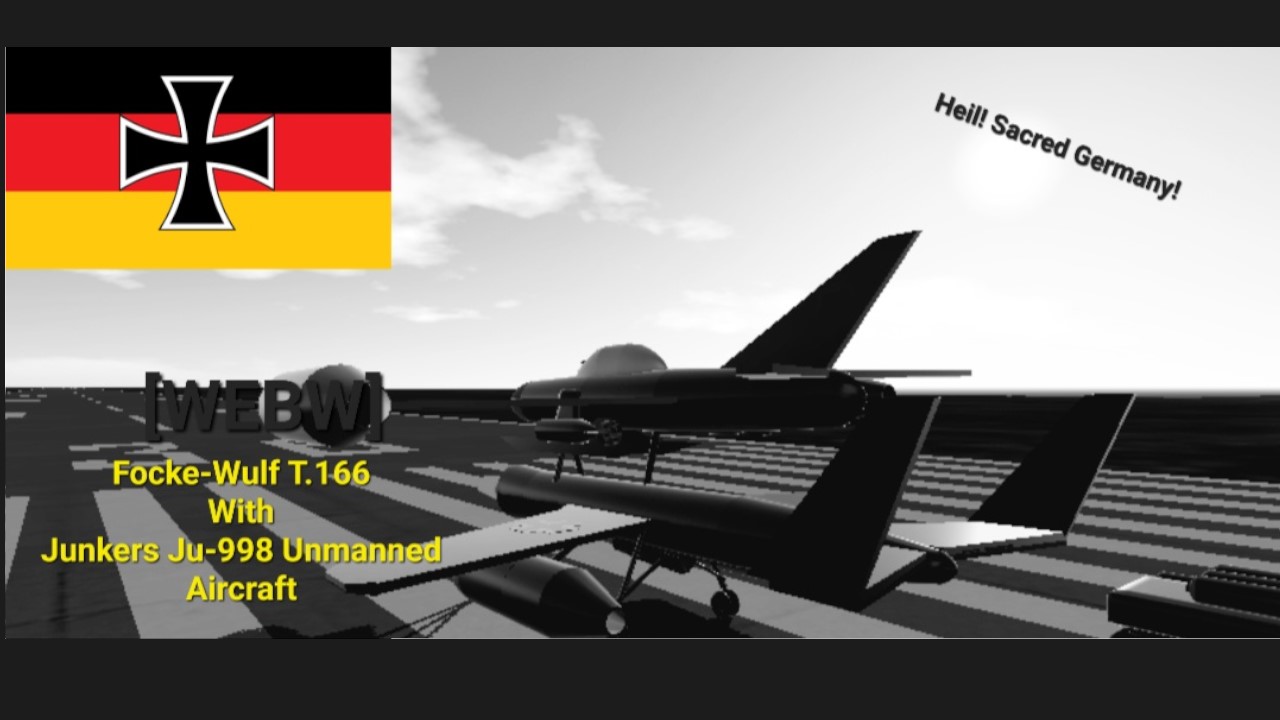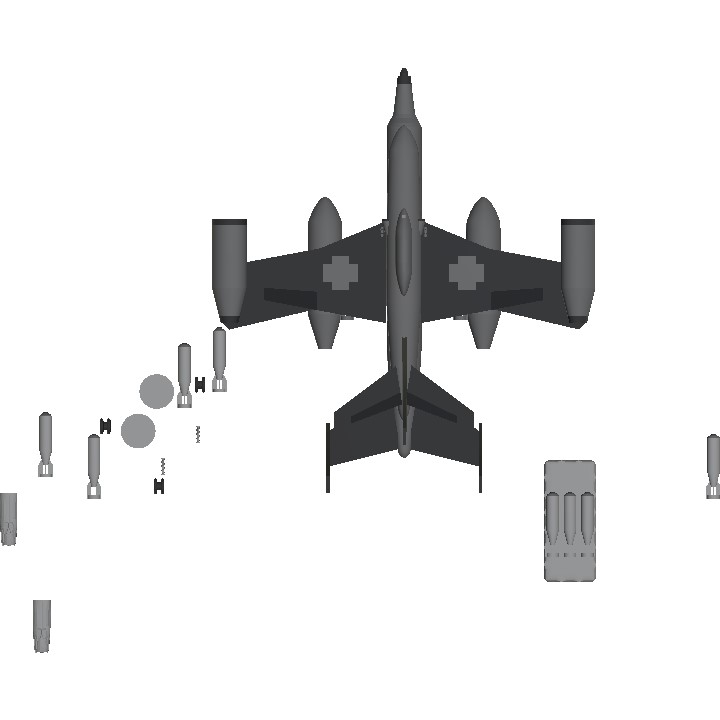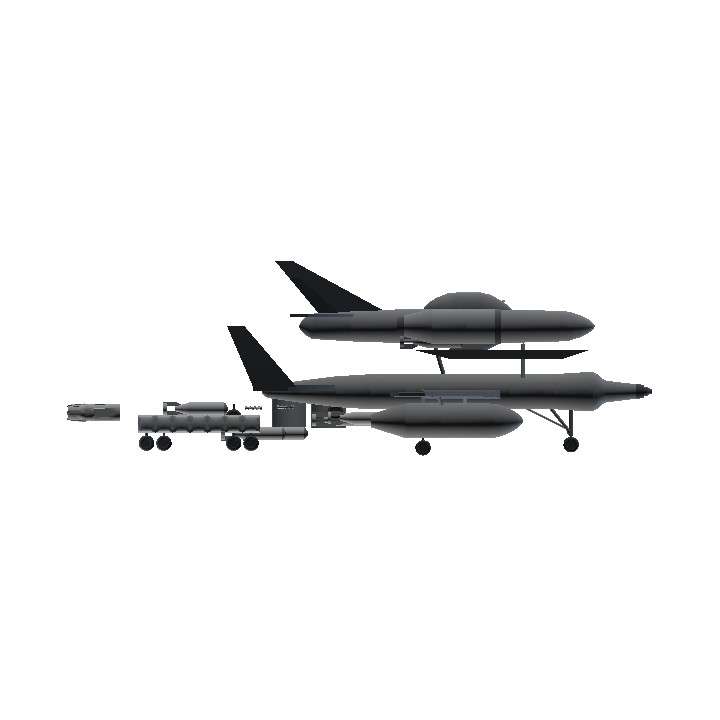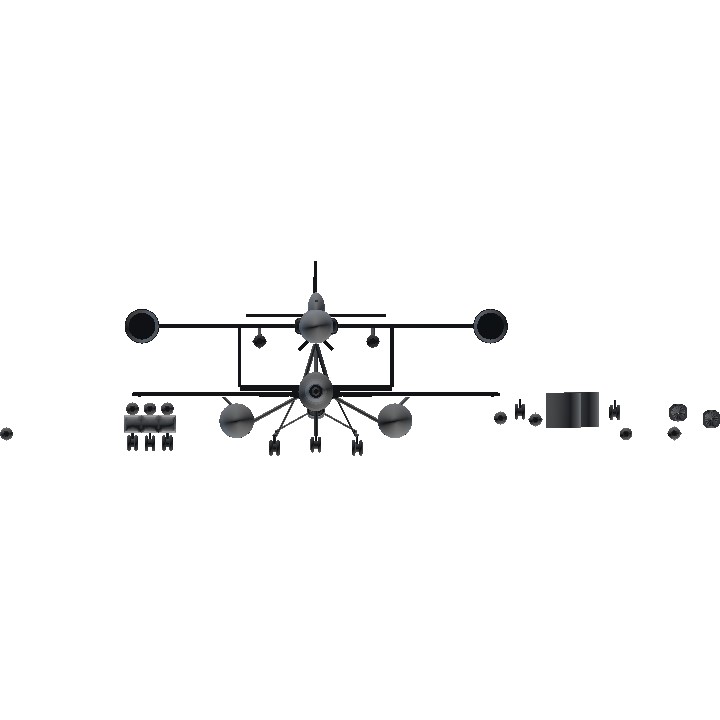Mistel (German for "mistletoe", a parasitic plant) was the larger, unmanned component of a composite aircraft configuration developed in Germany during the later stages of World War II.
the entire nose-located crew compartment replaced by a specially designed nose filled with a large load of explosives, formed into a shaped charge. The upper component was a fighter aircraft, joined to the Mistel by struts. The combination would be flown to its target by a pilot in the fighter; then the unmanned bomber was released to hit its target and explode, leaving the fighter free to return to base. The first such composite aircraft flew in July 1943 and was promising enough to begin a programme by Luftwaffe test unit KG 200, code-named "Beethoven", eventually entering operational service.
Later, the technique became more refined, and the bomber component (which was often a new aircraft rather than surplus) was fitted with a specialised 1,800 kg (3,960 lb.) warhead. The final stage of Mistel development was of specialised purpose-built jet-powered bomber components.
Specifications
General Characteristics
- Created On Android
- Wingspan 67.8ft (20.7m)
- Length 55.1ft (16.8m)
- Height 18.4ft (5.6m)
- Empty Weight 19,171lbs (8,695kg)
- Loaded Weight 24,128lbs (10,944kg)
Performance
- Power/Weight Ratio 2.514
- Wing Loading 31.8lbs/ft2 (155.5kg/m2)
- Wing Area 757.7ft2 (70.4m2)
- Drag Points 8567
Parts
- Number of Parts 244
- Control Surfaces 5
- Performance Cost 1,450




